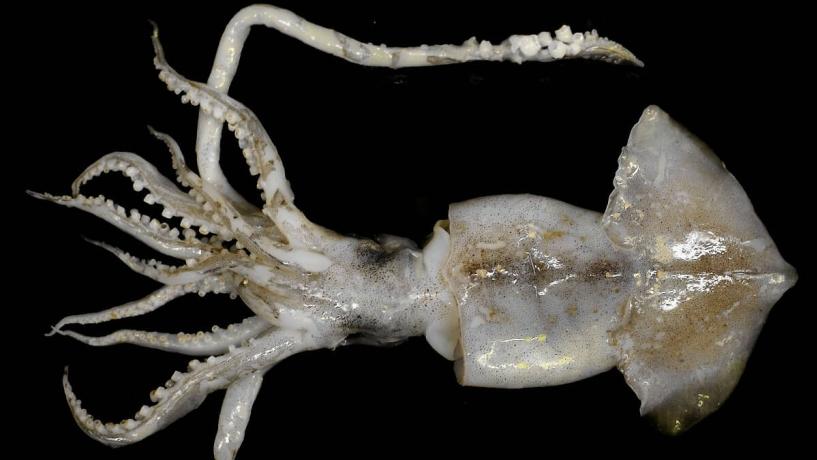
Disturbing news came out of Canada this week when raw squid being sold by a grocery store was found to contain a strain of bacteria resistant to Carbapenem, a "last resort" antibiotic.
Last resort antibiotics are typically used when most other antibiotics have failed, often due to the human body building up a resistance to the original antibiotics. This antibiotic resistance has been identified by the US Center for Disease Control and Prevention (CDC) as one of the "most pressing public health problems". As the CDC explain, as resistance to antibiotics increases, infectious diseases become more difficult to cure and more expensive to treat.
In this case, the raw squid was imported from South Korea. Imported squid and seafood is not normally tested for antibiotic resistance in Canada. Such testing is usually limited to beef, pork and chicken.
Is This The First Time This Has Happened?
It's the first time that resistance to a "last resort" antibiotic has been detected in food. However, a US report in 2013 found that over half of raw chicken products sold in American supermarkets contained microbes that could resist multiple drugs.
"The discovery of such a microbe in food means the risk of exposure in the public goes beyond people with travel histories and beyond people who have been previously hospitalised," said Joseph Rubin, assistant professor of veterinary microbiology at the University of Saskatchewan, who authored the study about the Canadian squid that was published on Wednesday.
"This finding means a much broader segment of the population is potentially at risk for exposure. It's something you may be bringing into your home rather than something you would acquire while travelling or following hospitalisation," he said.
So Was The Squid Dangerous To Eat?
Not necessarily. The bacteria itself, like most bacteria, was probably harmless. In fact, our guts deal with millions of bacteria every day. What's really of concern here is that the genes being carried by the bacteria were resistant to the antibiotics. Basically, one species could evolve resistance to Cabapenem and then pass it onto another species through gene swapping.
So whilst the squid might not make you sick at all when you eat it, you may find out much later in life that you've developed resistance to antibiotics. And for people with immune systems compromised by chemotherapy or illness, this means that common bacteria such as E. coli would be resistant to antibiotics, causing potentially fatal consequences.
Could This Happen In Australia?
Probably. In this case, the problem was detected because the Canadian food safety team visiting the store was conducting a small pilot study that expanded beyond regular surveillance. “We were actually a little bit surprised that we were able to find the organism that we did,” Rubin said.
Testing for antibiotics resistance in food isn't commonplace in Australia or anywhere else in the world. Having said that, there are guidelines for the maximum permissible levels of antibiotic residues in food as set out in Standard 1.4.2 in the Australia New Zealand Food Standards Code. Antibiotic residues in imported food such as seafood and honey are also tested but this testing is done on samples, not on every item that crosses the border.
What steps can you take to prevent such issues affecting you?
Good food safety is the key here. Luckily, most bacteria in food are killed by cooking the food to appropriate temperatures. The bacteria found in the Canadian squid was no exception. Australian guidelines recommend cooking all food to 75°C or hotter to reduce the risk of infection by bacteria such as this one. And always ensure that when handling raw food that surfaces and utensils are properly cleaned to prevent cross-contamination.
But with this bacteria being discovered in the food chain, could antibiotic-resistance testing be the next food safety frontier?





